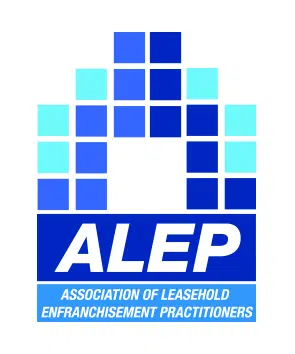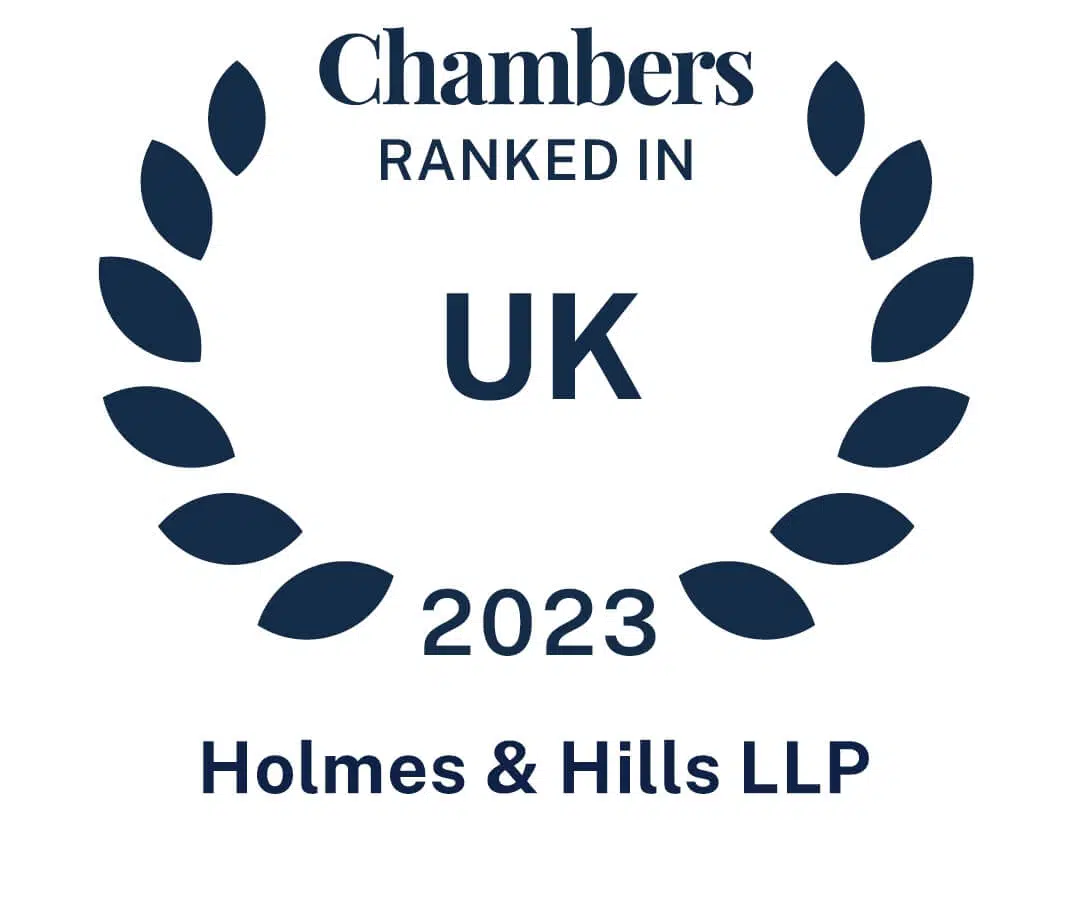When entering into a contract it is important to ensure the name of the party you are contracting with is correct. However, if a mistake is made all may not be lost.
There are two recent High Court cases on this point (outlined below). The cases show that it may not be fatal to name a contracting party incorrectly, provided that there is a clear intention as to the party intended. This being said, it is clearly in a parties’ best interests to get it right first time.
The recent High Court decision (on 3rd September 2013) found that Liberty Mercian Ltd (‘Liberty’) entered into a contract with Cuddy Civil Engineering Ltd (‘CCEL’), despite the fact that CCEL was a dormant company. Liberty had intended to enter into a contract with Cuddy Demolition and Dismantling Ltd (‘CDDL’). Liberty had however requested that ‘Cuddy Group’ (the trading name of the group of companies) be replaced with CCEL as the contracting party on the contract. The court looked into the background facts of the contract together with documents other than the contract (such as the tender, letter of intent, invoices, collateral warranty, insurance details). The other documents were in the name of (or had been entered into by) three different parties (Cuddy Group, CDDL, and CCEL). However, it was found that because the name change on the contract was in the name of CCEL, and this was something that had been requested by Liberty, it could not be said to be a clear mistake.
In another recent decision (on 14th June 2013), the court looked into the surrounding circumstances of the contract, and contrary to the above decision, found that there had been a clear intention as to the actual identity of the parties, which differed from the party as stated on the contract. The court held that in a situation where a party knows to whom he wishes to refer, but by mistake attaches the wrong name to that person, the mistake can be corrected as a matter of construction of the contract. In this case, the entity ‘Climate Change Group Ltd’ was named in the contract, but it was a dormant company. It was held that neither party (Derek Hodd Ltd or Climate Change Capital Ltd) had directed its mind as to the question of which individual company in the group should be the contracting entity, and therefore there was a mistake and the contract should be rectified accordingly.
These decisions show that a court is prepared to look beyond the face of the contract, and into the relevant factual background of the contract in order to determine the intention of the parties. This has not always been the position, the Court of Appeal previously distinguished between cases where a ‘misnomer’ had occurred (in which case background evidence would be admissible), and where it appeared not to have occurred i.e. where there were two different entities which could both be the intended name of the party, and it was not possible to tell from the contract which of those entities was intended.
It appears that the court will now deal with mistakes in the contract, and disputes regarding individual contract clauses, in the same way. Recourse will be had to the factual background, and the court will decide from an objective point of view what was intended by the parties. From a practical perspective, if you are entering into a contract with a company, a Companies House search should be carried out prior to entering into the contract, to confirm the status of the company.






A Mackman Group collaboration - market research by Mackman Research | website design by Mackman